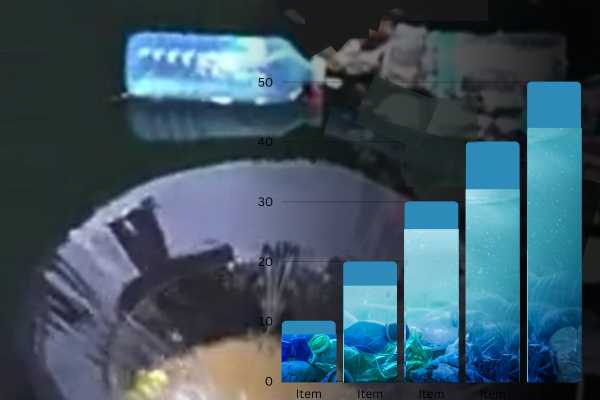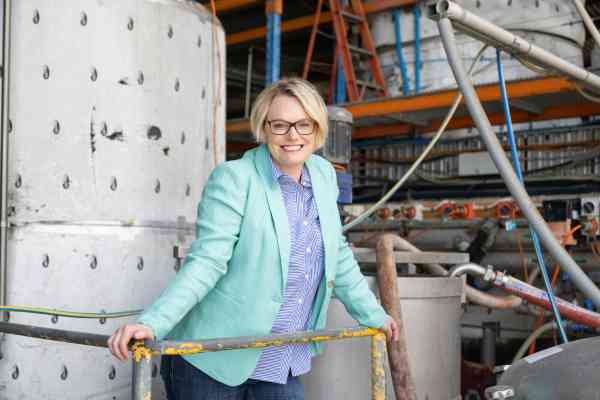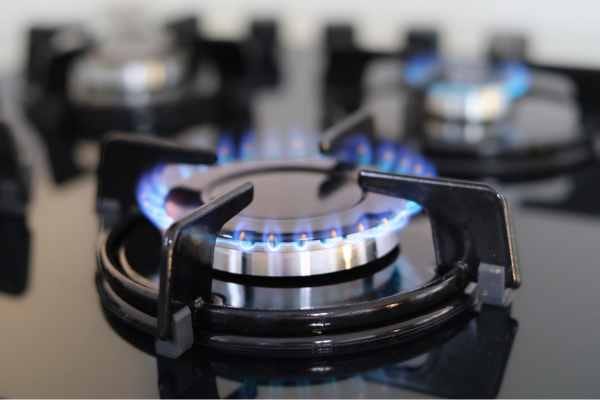Seabin sails into uncharted water
More than 1000 seabins dot the world’s waterways. Now its makers are stepping up their impact.

More than 1000 seabins dot the world’s waterways skimming trash. Now its makers are stepping up their impact.
More than 170 trillion pieces of plastic have entered the world’s oceans, way more than previously estimated, according to a study recently published in science journal PLOS One.
The authors – an international research team led by the US-based 5 Gyres Institute – say this figure is doubling about every six years and they are calling for urgent solutions.
The Seabin is a rubbish collector designed specifically to tackle this problem. More than 1100 units can be found floating in congested marinas, yacht clubs, and ports the world over, intercepting 2200kg per day of floating debris, macro and microplastics and even microfibers before they float into the ocean.
Ocean health check
Seven years after their launch, the units have also become an important way to monitor, measure and report on the health of waterways to help bridge a critical and global microplastics data gap.
Seabins gather the most accurate and reliable microplastic data in the world, according to their maker, and to this end the company has built a Microplastic and Ocean Health Research Lab at the Australian National Maritime Museum in Darling Harbour, Sydney.
“We’ve evolved so much since 2016 when we thought we would just sell a Seabin and cleanup forever,” CEO & co-founder of Seabin Pete Ceglinski says.
“We’re able to offer credible and transparent nature repair data, adding value to our clients’ sustainability portfolios.”
The next phase
Now Seabin wants to take the next step and create a new platform that enables businesses to invest in ‘offsets’ and by doing so, radically speed-up efforts to restore degraded ecosystems.
Australia alone would need to spend AU$2 billion annually for 30 years to restore these ecosystems, the company says. Seabin wants companies to fund this ‘nature-repair’ by investing in microplastics offsets in the same way they buy carbon credits.
To this end, the company has launched its third crowdfunding campaign with Birchal in hopes of raising $5 million to fund its nature repair digital platform.
As companies seek to become more transparent with their sustainability, Seabin says the platform would enable them to invest in positive ocean impact that is measurable and can be showcased.
"We’ve evolved so much since 2016 when we thought we would just sell a Seabin and cleanup forever. We're able to offer credible and transparent nature repair data."
The tech
The Seabin’s pump sucks in garbage and releases clean water. Each unit can catch 1.4 tons of floating debris per year, according to its maker. The Seabin works like a large pool skimmer and is equipped with a 110 or 220 V motor that pumps water to create a vortex that sucks garbage out of the water and into a catch-bag in the bin, and then pushes clean water out.
Who funds it
Seabin recently launched its third crowdfunding campaign on the Birchal platform with plans to raise $5 million.
Is it ready to roll
More than 1100 Seabin units are operating in marinas, yacht clubs, and ports the world over, intercepting 2200kg of pollution a day.





